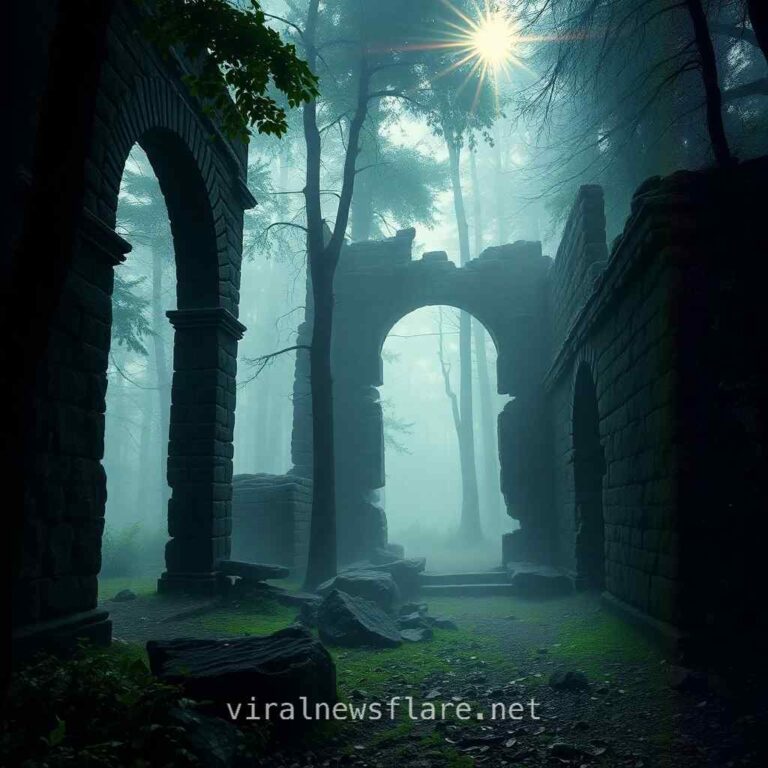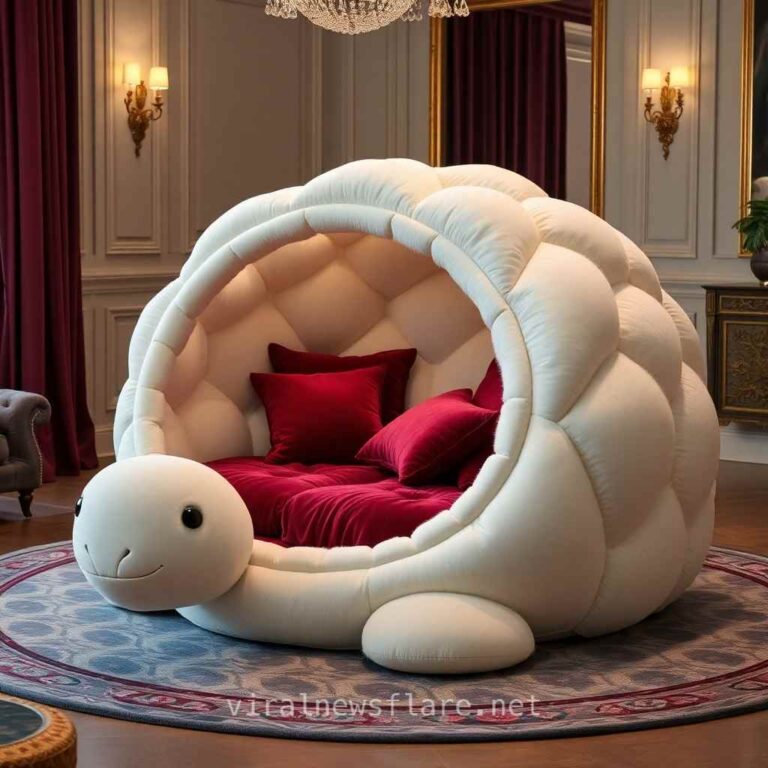In a world dominated by sleek, modern furniture, there is something irresistibly charming about a design that hearkens back to simpler, more natural times. The Hollow Log Bunk Bed stands as a beacon of rustic charm, merging the rugged beauty of the great outdoors with the functional design of a traditional bunk bed. This article delves deeply into the concept, design, and allure of such a piece, exploring how it can transform a bedroom into a haven of nature-inspired tranquility and comfort.
Embracing the Charm of Rustic Design
The journey of creating an ideal sleeping environment often starts with a desire to reconnect with nature. For many, incorporating natural elements into home furnishings can provide a soothing, grounding effect that modern minimalist designs sometimes lack. A Hollow Log Bunk Bed is not merely a piece of furniture; it is an artistic statement that encapsulates the raw beauty of the wilderness within the confines of a bedroom.
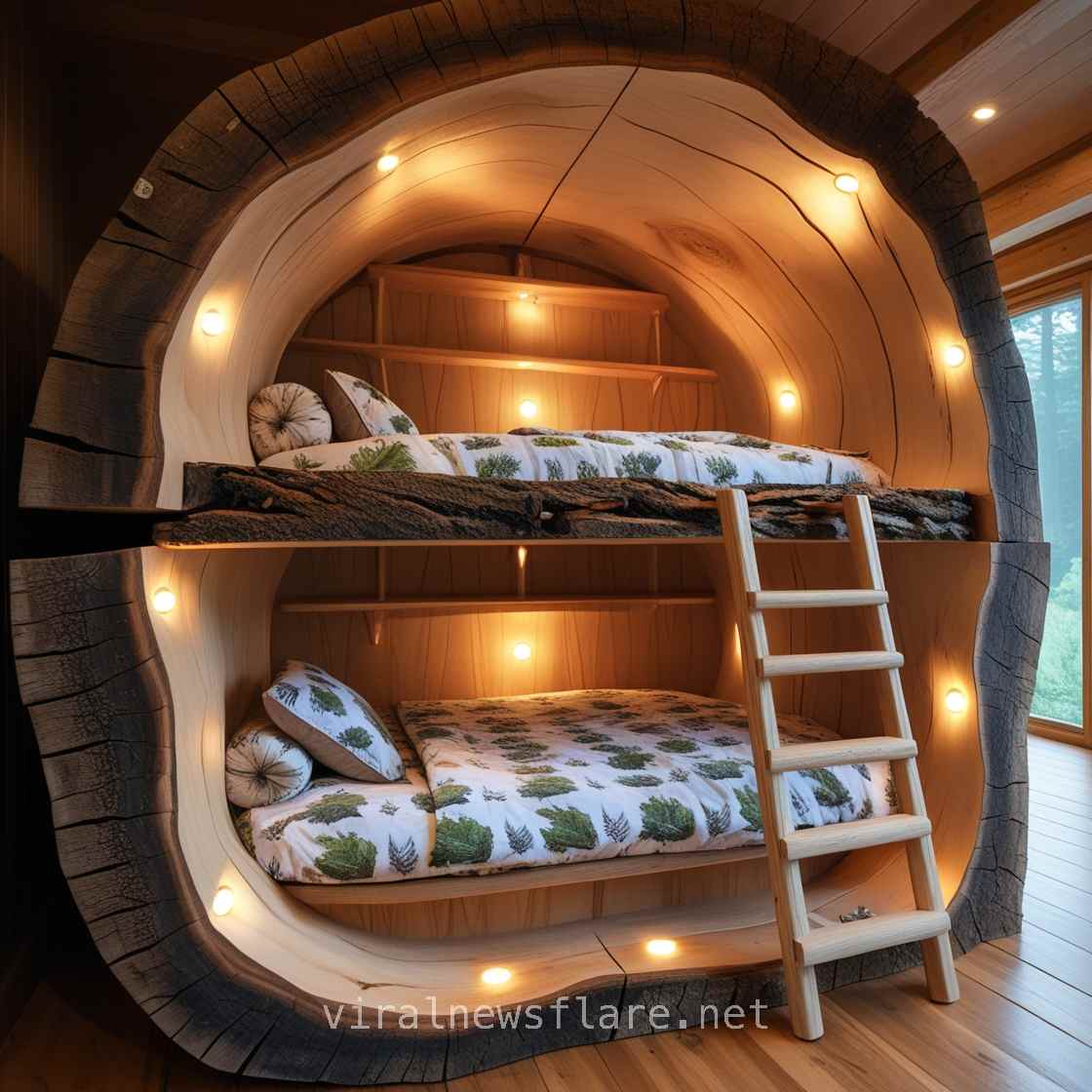
At its core, this unique bunk bed evokes images of cozy cabins nestled among towering trees, where bedtime stories are shared by the warmth of a crackling fireplace. The design draws heavily on elements found in nature—logs of various shapes and sizes, the gentle imperfections of wood grain, and the organic silhouettes that bring a touch of the forest indoors. The very idea of sleeping on a Hollow Log Bunk Bed sparks the imagination, evoking dreams of woodland adventures and serene nights under a star-filled sky.
The Concept and History Behind the Hollow Log Bunk Bed
To fully appreciate the Hollow Log Bunk Bed, one must explore the origins of this rustic design philosophy. Historically, logs have been a fundamental building material in regions abundant with forests. Early settlers relied on these materials not just for shelter but for crafting the furniture that would populate their homes. The use of hollow logs for beds is inspired by an age-old tradition where logs were hollowed out to create storage spaces, seating, or sleeping areas—combining utility with the natural aesthetics of wood.
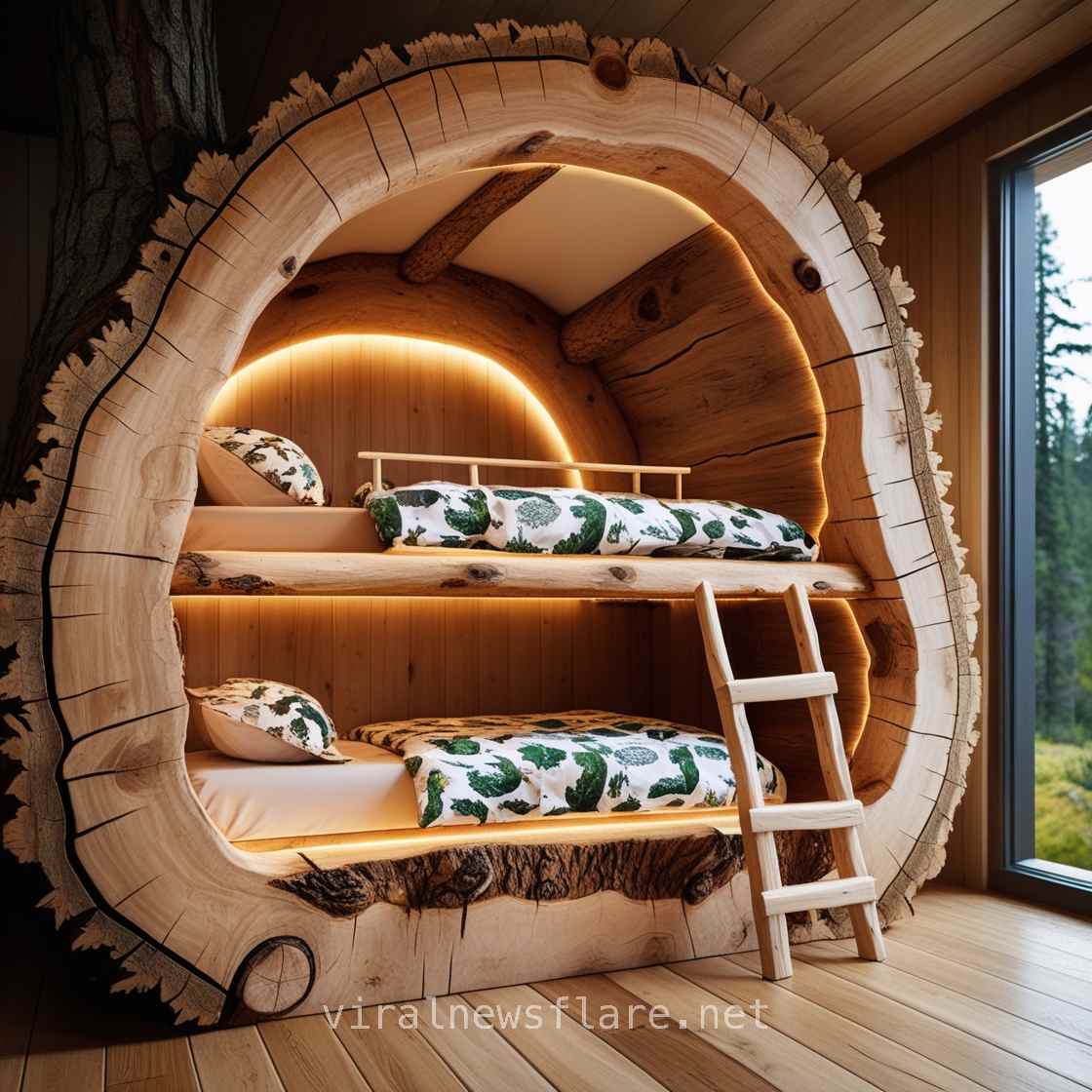
The adaptation of this concept into a bunk bed format is both a nod to history and a leap into contemporary design. The idea to create a Hollow Log Bunk Bed stemmed from a desire to infuse modern living spaces with rustic authenticity. Each bunk bed takes inspiration from traditional log cabins and shacks where logs served multiple purposes. The hollowed-out nature of the logs gives the bed a sense of whimsy and ingenuity, making it a conversation starter and a statement piece.
Craftsmanship and Construction: A Labor of Love
Building a Hollow Log Bunk Bed is an art form that requires meticulous craftsmanship, patience, and a deep understanding of wood properties. The construction process begins with selecting the right logs, typically those that have naturally rounded shapes and are of substantial girth to provide stability and character. These logs are carefully sourced, often from sustainable forests, to ensure that the ecological footprint remains minimal. This sustainability factor is crucial, as it aligns with the ethos of nature-inspired living.
Once the logs are selected, artisans meticulously hollow out sections to create the structural frame of the bunk bed. The hollowing process is not simply about removing wood; it is about creating a unique design element that enhances the aesthetic and functional value of the bed. The inner cavities might serve as storage nooks or simply add to the rustic appeal of the piece.
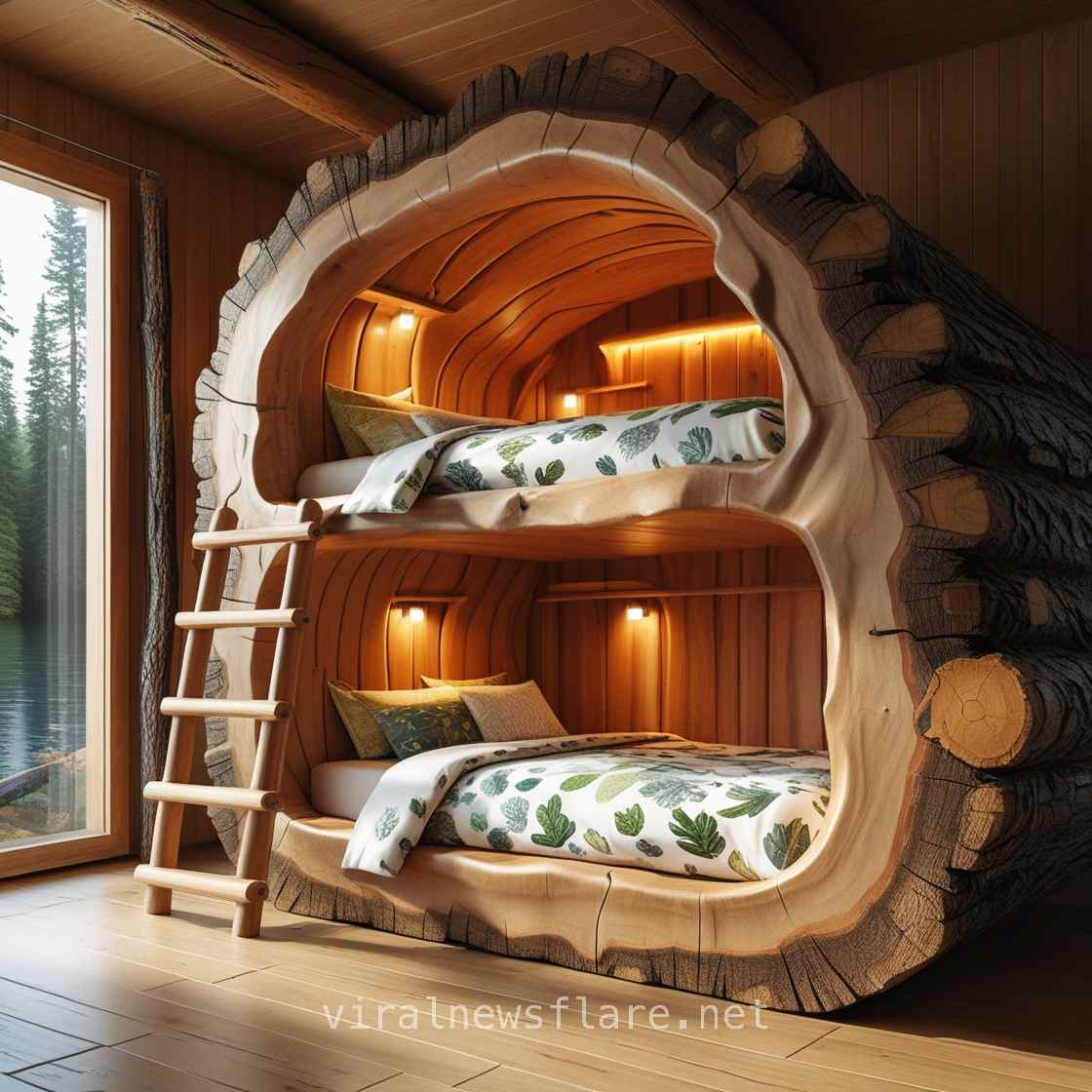
The exterior of the logs retains their natural textures, with grooves, knots, and bark edges preserved to maintain authenticity. Finishing touches, such as sanding only the necessary areas for comfort and applying natural oils, further accentuate the organic quality of the wood while protecting it from wear and tear. The result is a piece of furniture that feels as though it has grown organically from the forest floor, combining practicality with a deep reverence for nature.
Benefits of a Nature-Inspired Sleep Solution
Choosing a Hollow Log Bunk Bed goes beyond merely purchasing a bed; it’s about adopting a lifestyle that values simplicity, sustainability, and a connection to the natural world. The benefits of such a design can be profound, influencing both aesthetic appeal and wellbeing.
Unique Aesthetic Appeal
The first and most obvious benefit is the stunning visual impact of the bed. No two Hollow Log Bunk Beds are exactly alike, as each piece is crafted from natural logs with unique grain patterns, colors, and imperfections. This exclusivity adds character to a space, turning a bedroom into a rustic retreat. The organic shapes and textures create a warm, inviting atmosphere that modern, mass-produced furniture often fails to evoke.
Sustainable and Eco-Friendly
In an era where environmental consciousness is paramount, the Hollow Log Bunk Bed represents a sustainable choice. The use of responsibly sourced wood and eco-friendly finishes reduces the negative environmental impact associated with furniture production. By choosing a bed crafted from natural logs, homeowners support sustainable forestry practices and reduce reliance on synthetic materials.
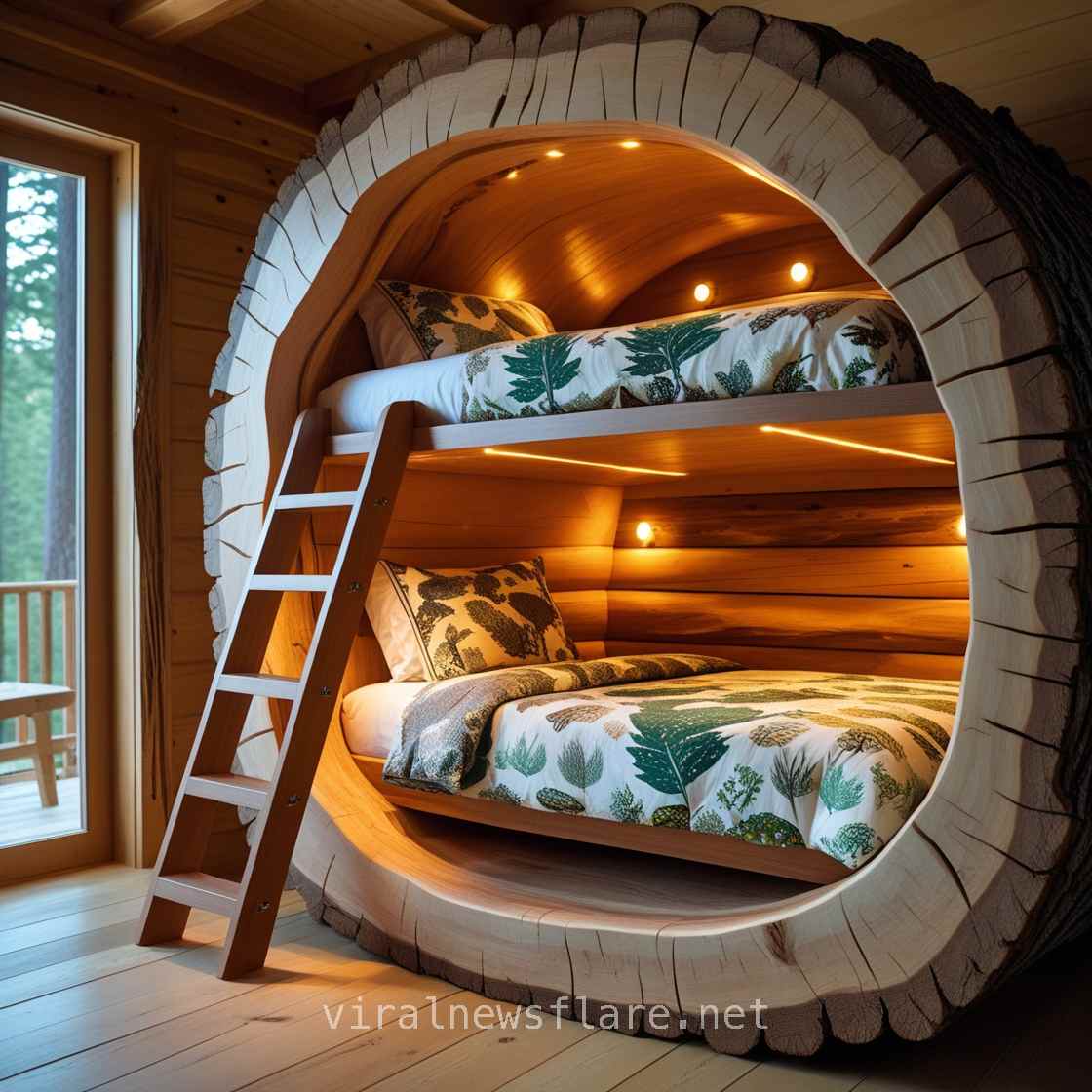
Durability and Longevity
Logs are inherently strong and durable, making them ideal for crafting furniture that can withstand the test of time. A well-constructed Hollow Log Bunk Bed is not only a work of art but also a durable piece of furniture that can be passed down through generations. The robustness of the wooden structure ensures that the bed remains stable and safe for years, even with the high usage typical of bunk beds.
Designing a Bedroom with a Hollow Log Bunk Bed
Integrating a Hollow Log Bunk Bed into your bedroom design requires careful consideration of both aesthetics and functionality. The natural, rustic look of the bed can become the focal point of the room, guiding the overall decor and atmosphere.
Creating a Rustic Sanctuary
When incorporating a Hollow Log Bunk Bed into a bedroom, it’s essential to build a cohesive design that complements the bed’s rustic charm. Earthy color palettes, such as warm browns, deep greens, and soft grays, can enhance the natural feel of the room. Pairing the bunk bed with linens made of natural fibers like cotton, linen, or wool further reinforces the connection with nature.
Adding elements like woven rugs, nature-themed artwork, and potted plants can also enhance the ambiance. These accessories not only complement the bed but also create a holistic environment that feels warm, inviting, and deeply connected to the outdoors. The tactile experience of wood, combined with soft textiles, creates a balanced, comforting space that promotes relaxation and restful sleep.
Complementary Furniture and Decor
A Hollow Log Bunk Bed does not have to exist in isolation. Surrounding it with carefully chosen rustic furniture pieces can elevate the overall aesthetic. Consider incorporating wooden dressers, nightstands, or benches crafted from reclaimed wood to maintain a consistent theme. Antique or vintage decor items, such as lanterns or old maps, can add historical context and deepen the rustic appeal.
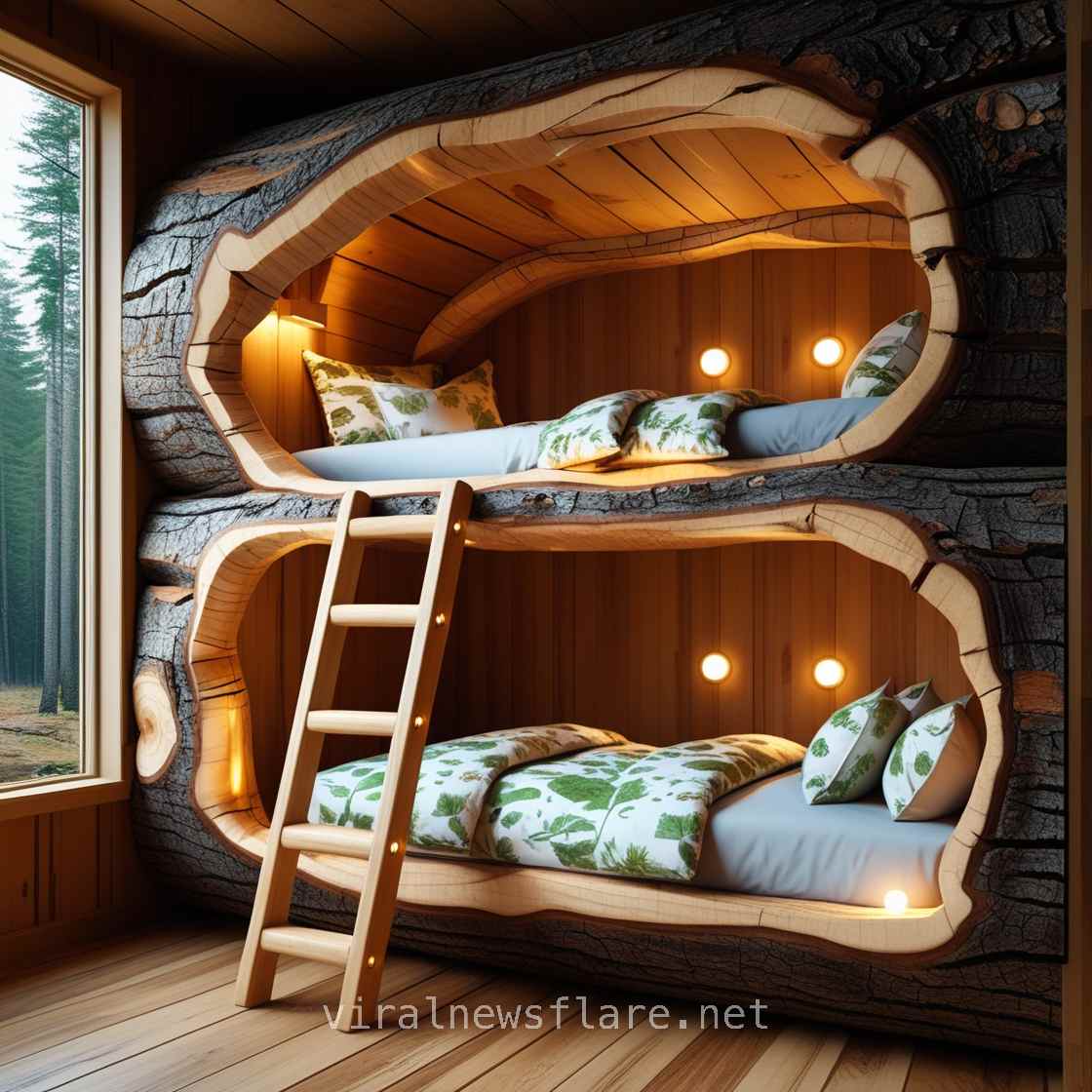
Lighting plays a significant role in setting the mood. Soft, warm lighting, whether from pendant lamps made of wrought iron or handcrafted lamps with wooden bases, can mimic the glow of a campfire and enhance the natural textures in the room. Candles, too, can add a cozy touch, evoking the ambiance of a quiet night in a log cabin.
Safety and Structural Integrity: Engineering the Perfect Hollow Log Bunk Bed
While the aesthetic and environmental aspects of a Hollow Log Bunk Bed are undoubtedly appealing, safety and durability are paramount—especially when designing a bed meant to accommodate children or multiple occupants.
Structural Considerations
Designing a bunk bed from hollow logs requires a keen understanding of structural engineering. The logs must be chosen not only for their beauty but for their strength. The weight distribution between the upper and lower bunks needs careful calculation to prevent any risk of collapse. Each joint, whether it’s a connection between logs or a point where the structure supports a mattress, must be reinforced to maintain stability.
An experienced craftsman will incorporate hidden reinforcements, such as metal brackets or additional wood supports, to ensure that the bed can safely bear weight. The hollow sections themselves can add to the structural integrity by reducing unnecessary weight while maintaining a robust frame. By paying careful attention to these details, artisans create a Hollow Log Bunk Bed that is both beautiful and safe.
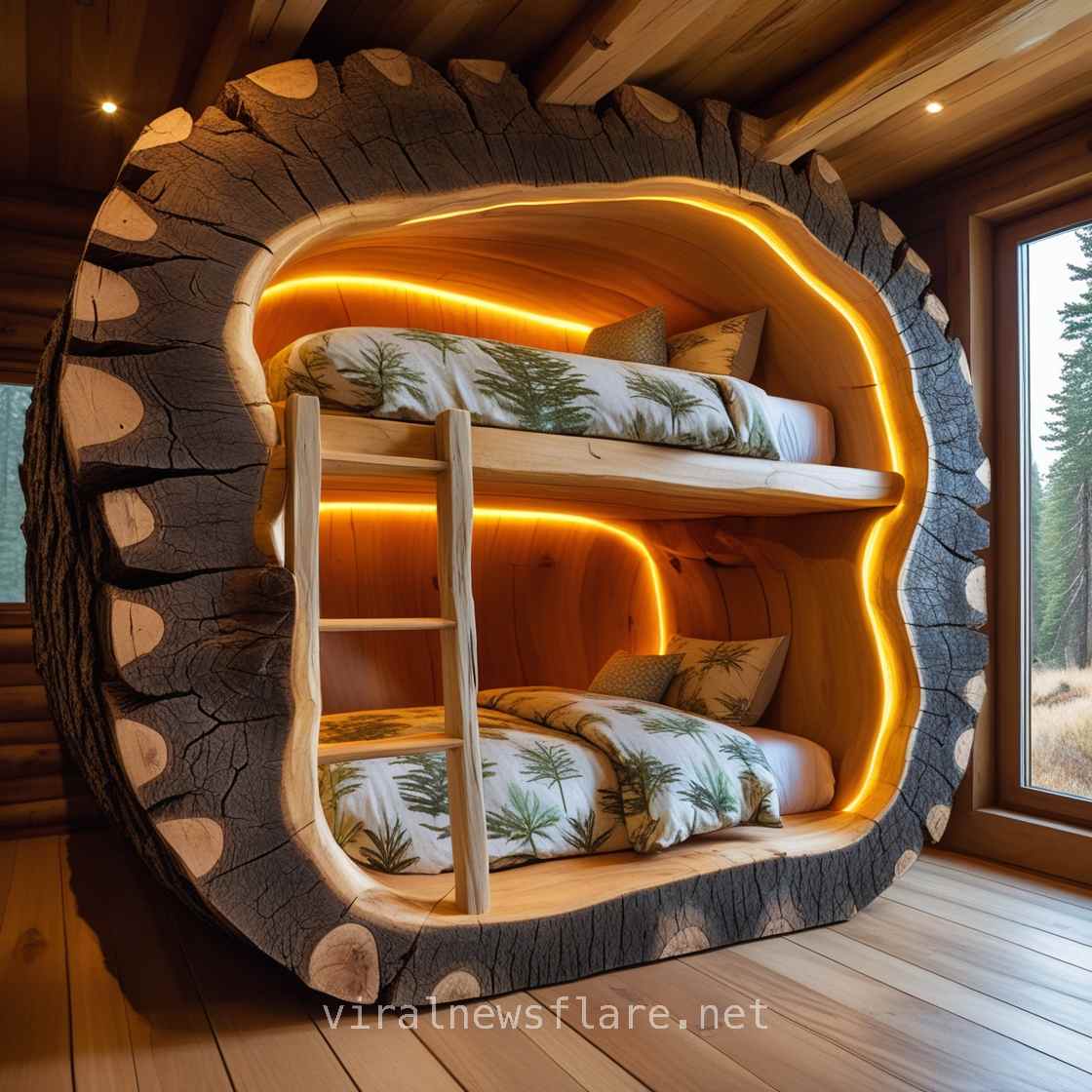
Safety Features
Safety features in a Hollow Log Bunk Bed might include sturdy guardrails on the top bunk, safe access ladders, and non-slip steps to ensure that occupants can move up and down without risk of injury. The design should comply with all safety standards for bunk beds, particularly those related to height, spacing of guardrails, and the stability of ladders.
Moreover, the bed can incorporate safety mechanisms such as rounded edges to prevent bumps and bruises, and secure fastening of mattresses to avoid sliding. The natural materials used—if properly treated—are less likely to splinter, reducing hazards common with poorly finished wooden furniture. The marriage of rustic design with modern safety standards ensures a Hollow Log Bunk Bed that is not only enchanting but also a secure haven for restful sleep.
Customization and Personalization
One of the most appealing aspects of a Hollow Log Bunk Bed is the potential for customization. Homeowners and designers can work closely with artisans to tailor the bed to fit specific dimensions, styles, and preferences. This level of customization ensures that the bunk bed is not just a piece of furniture, but a personalized statement that fits seamlessly into the intended space.
Choosing the Right Logs and Finish
Customization often begins with the selection of logs. Depending on the desired aesthetic, one might choose logs with certain colorations or grains. Some may prefer the rugged look of bark still attached, while others may opt for a sleeker surface that highlights the natural patterns within the wood. The finish applied to the wood can also vary—from a matte natural oil that accentuates the grain to a slightly polished surface that resists stains and wear while preserving the rustic appeal.
Design Variations
The configuration of the Hollow Log Bunk Bed can be altered to suit different room sizes and needs. Some designs feature multiple levels beyond the traditional two-tier system, creating a multi-sleep solution for larger families or guest accommodations. Others may integrate built-in storage within the hollow sections of the logs, such as drawers or shelves, to maximize space and functionality.
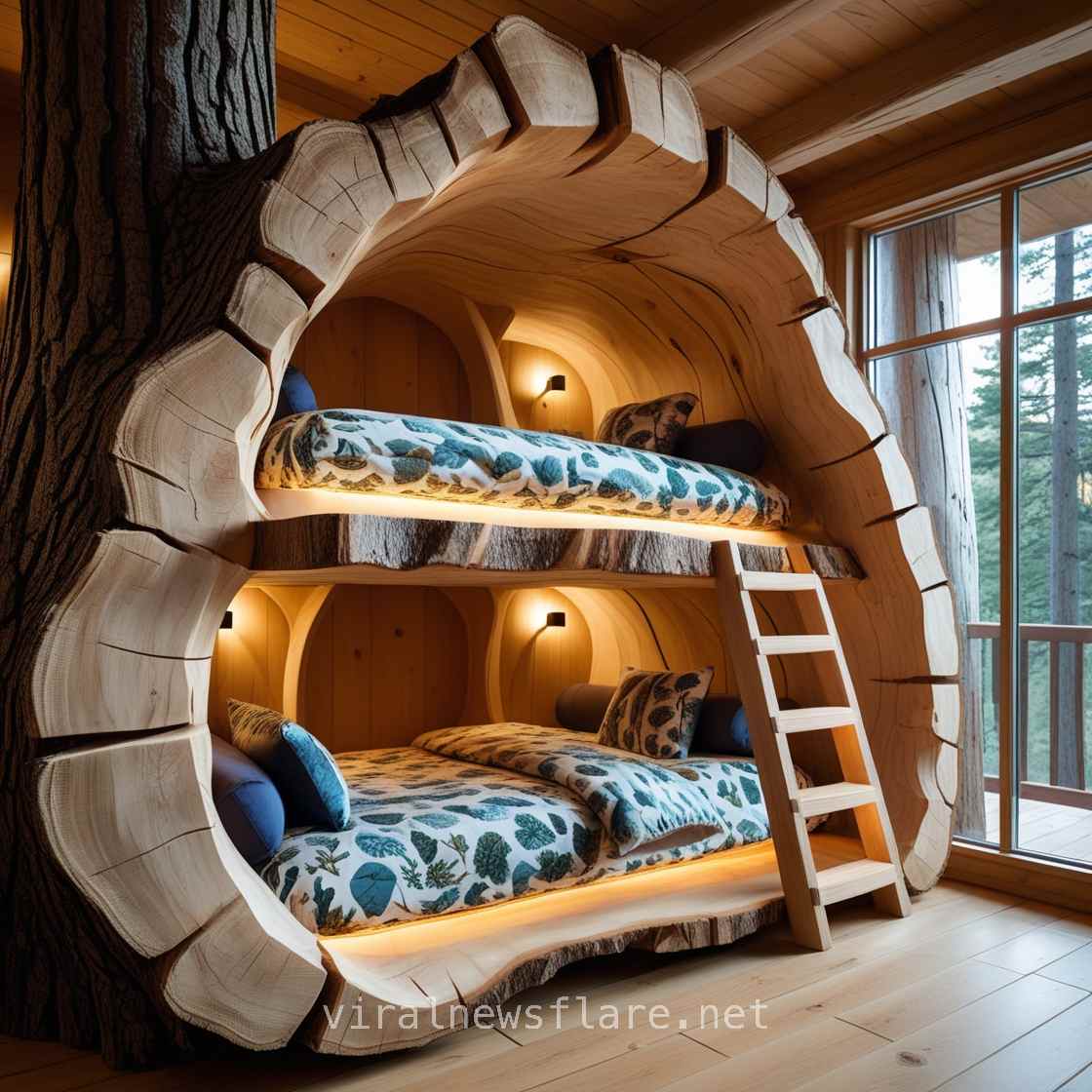
In some cases, the bunk bed may be designed with integrated desks or reading nooks beneath the lower bunks, creating multifunctional furniture that suits a child’s bedroom or a creative workspace. The possibilities are vast, limited only by the imagination of the designer and the craftsmanship of the builder.
DIY Tips: Building Your Own Hollow Log Bunk Bed
For those with a passion for woodworking and a desire to create a truly unique piece, building a Hollow Log Bunk Bed can be an immensely rewarding project. While the intricacies involved in such a build may seem daunting, careful planning and a willingness to learn can make the project feasible.
Planning and Design
Start with a detailed design plan. Measure the space where the bunk bed will reside, and sketch out dimensions that will fit comfortably within the room. Consider the thickness and length of the logs needed, and plan for the structural supports required. Using design software or traditional hand-drawn sketches can help visualize the final product and identify potential challenges.
Selecting Materials
Choose quality logs that are free from pests and excessive rot. Hardwoods such as oak, maple, or pine are excellent choices for durability and aesthetic appeal. Ensure that the logs are properly dried to prevent warping over time. Sustainable sourcing is important, so consider purchasing from reputable suppliers who practice responsible forestry.
Tools and Techniques
Building a Hollow Log Bunk Bed requires specialized tools such as chainsaws, chisels, and drills. Hollowing out the logs requires patience and precision. Safety gear—gloves, goggles, ear protection—should always be used. If you’re new to woodworking, consider taking a workshop or seeking guidance from an experienced woodworker to learn the necessary techniques.
Assembly and Finishing
Once all pieces are prepared, assemble the frame first, ensuring all joints are secure. Sand rough edges to prevent splinters, and apply a natural, non-toxic finish to protect the wood while preserving its rustic look. When fitting mattresses on the bunk bed, consider using organic, chemical-free mattresses to maintain the natural theme throughout the sleeping experience.
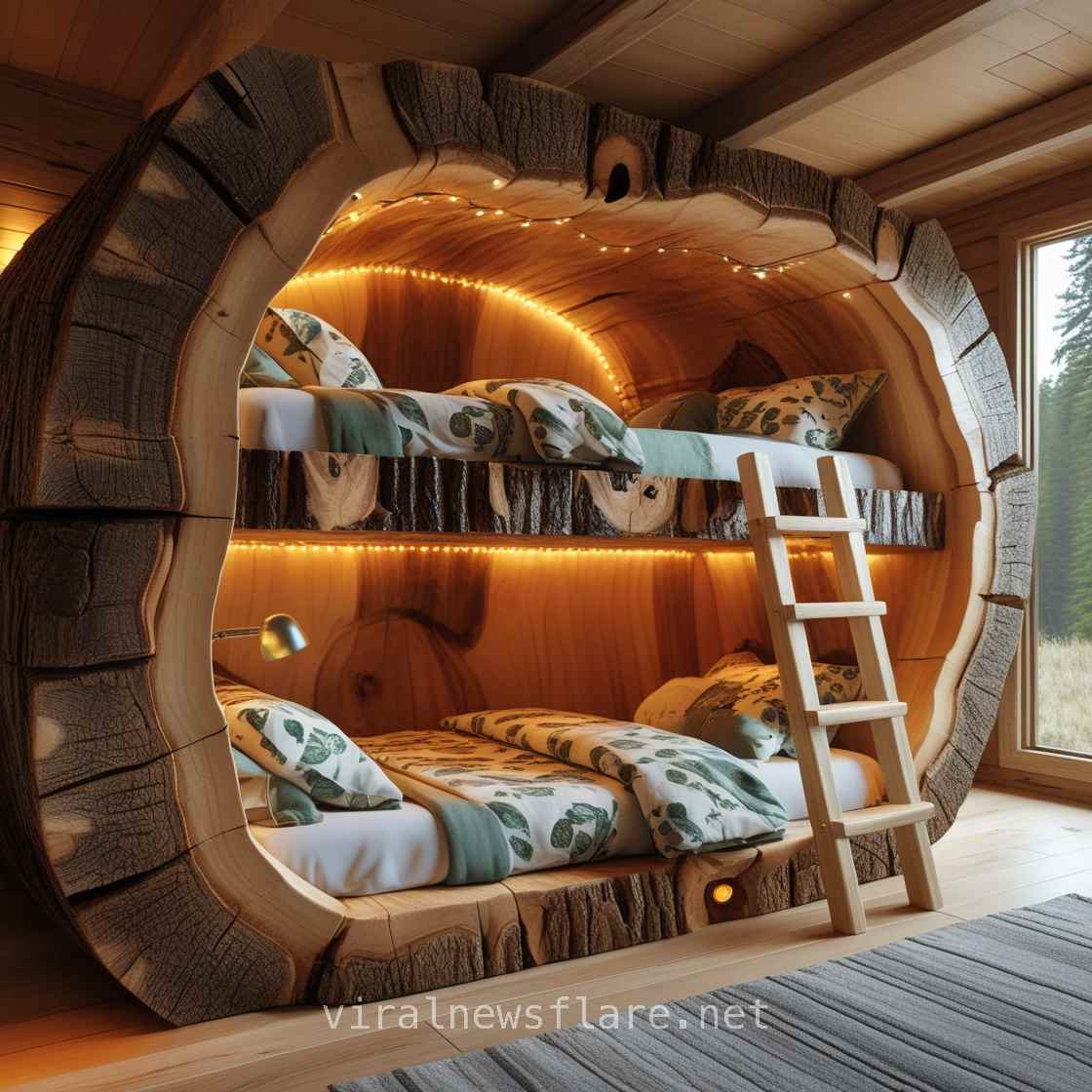
Building your own Hollow Log Bunk Bed is not just about creating a piece of furniture—it’s about crafting a piece of art that reflects a deep connection with nature and personal accomplishment.
Environmental Impact and Sustainability
The environmental impact of choosing a Hollow Log Bunk Bed goes beyond the materials used—it encompasses the entire lifecycle of the product. Sustainable forestry practices, low-impact manufacturing techniques, and the use of natural finishes mean that this type of furniture has a minimal ecological footprint.
By opting for a Hollow Log Bunk Bed, consumers send a message that they value environmental responsibility. The long lifespan of such a bed reduces the frequency of replacement, minimizing waste. Moreover, as the logs age, they develop a patina that tells the story of their journey through time, further enhancing their charm and reducing the desire for replacement.
The Impact on Sleep and Wellbeing
There is a growing body of research suggesting that surrounding oneself with natural elements can significantly improve mental health and quality of sleep. The warmth of wood, its subtle scents, and the visual connection to the outdoors can create a calming environment that encourages relaxation. A Hollow Log Bunk Bed is more than just a place to sleep—it is a gateway to a more restful and rejuvenating sleep experience.
Sleeping in a space that reflects the tranquility of nature can reduce stress levels, ease anxiety, and promote a deeper connection to oneself and the environment. The tactile feel of wood, the organic shapes, and the natural imperfections can evoke a sense of comfort and security that synthetic materials often fail to provide.
Conclusion: A Truly Nature-Inspired Sleep Solution
Incorporating a Hollow Log Bunk Bed into your home is not merely a design choice; it’s an embrace of a lifestyle that values nature, sustainability, and authenticity. This bed brings the outdoors in, creating a sleeping environment that is unique, sustainable, and deeply connected to the rhythms of the natural world.
The detailed craftsmanship, the thoughtful design considerations, and the ability to customize make the Hollow Log Bunk Bed a standout piece that offers both functionality and aesthetic delight. As we continue to seek solutions that bring us closer to nature while meeting modern needs, this rustic, nature-inspired bunk bed stands out as a perfect blend of past wisdom and present-day innovation—a true sleep solution for those yearning for a taste of the wild in their own home.
